Technical Ceramics

Medical
We are a world leader in manufacturing ceramic components and complex ceramic-to-metal brazed assemblies for surgical tools, medical instrumentation, therapeutic and diagnostic equipment. We have an in-depth understanding of the requirements, standards and processes of medical markets around the world.
Get a quoteMedical Products
Our high-quality medical ceramics are favoured by healthcare device manufacturers and the medical professionals for their exceptional physical characteristics and performance. Our medical engineering expertise means we can make optimised healthcare ceramic products such as:
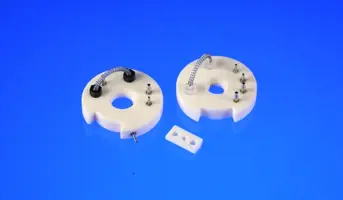
Automated Lab Analytical Equipment & Blood Collection/Aspheres
Ceramic heaters
Ceramic plungers
High power voltage feedthroughs
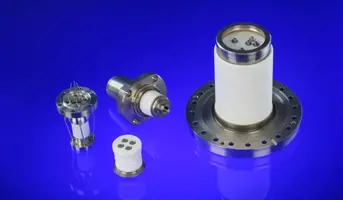
Medical Imaging (e.g., X-ray, CT, MRI, and image guided radiology)
Ceramic windows for Linac
Charge dissipative coated ceramics
Target assembly
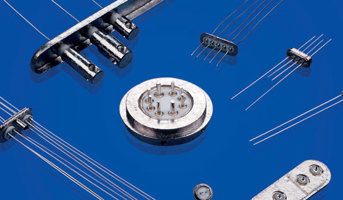
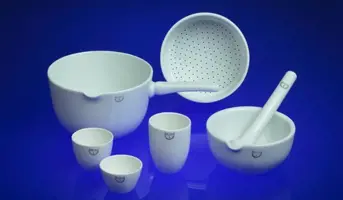
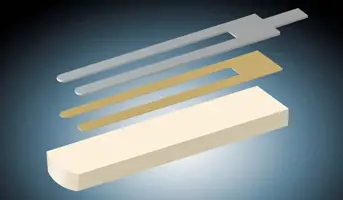
Need more information? Start talking to us today
Medical Materials and Benefits
Our ceramic materials provide superior wear, strength, and electrical characteristics for structural applications like x-ray tubes and robotic surgical tools. Ceramic materials provide a barrier to prevent bodily fluid ingress and resistance to harsh reagents and cleaning chemicals used in medical instruments, making them an excellent choice for haematology applications.

Key Material Properties
- Biocompatibility
- Durability
- Hardness
- Wear and chemical resistance
- Electrical insulation
- Hermeticity
- Low wear-rate
- Fracture toughness
- Long-term chemical stability
- Radio Frequency (RF) transparency
Medical Products Capabilities

Medical Ceramics Questions
How are ceramics used in medical devices?
There are many types of medical devices where ceramics are used. Each device depends upon certain characteristics of the ceramic. These include:
- Hermetic, bio-compatible, electrically insulating metal-to-ceramic feedthroughs or seals within implanted pacemakers and defibrillators, cochlear implants, and spinal cord and deep brain stimulators
- High-voltage resistant ceramic insulators within x-ray generators of x-ray and computed tomography (CT) imaging equipment need a dielectric strength great enough to withstand intense electric fields
- Thermally and electrically insulating, hard, wear-resistant, bio-compatible ceramics parts used within hand-held and robotic electro-powered surgical tools
- Biocompatible, wear-resistant components in blood collection, processing, and analysis equipment
- Reflective and uniformly thermally insulative ceramic components in lasers used for surgical and aesthetic treatments
- Heaters, nebulisers and quadrupole holders/spacers for mass spectrometers used within the pharmaceutical industry
Why are ceramics used in biomedical applications?
In addition to certain ceramics being considered biocompatible, other properties such as hermeticity, electrical and thermal insulation, hardness, wear or erosion resistance can provide the performance the specific device requires.
Why are Morgan’s ceramics particularly suitable for high voltage medical applications?
Electrical resistivity increases with ceramic material purity, which means a conventional alumina of 94% purity will deliver a decreased dielectric strength (of 8.6 kV) compared with market-leading alternatives like Morgan’s Alumina AL-300®, with purities of 97%, achieving dielectric strength of 15 kV/mm in alternating current (AC).
What are the benefits of ceramics in medical power tubes?
For high-voltage applications, the key benefits to specifying power tubes which have been manufactured using high-purity alumina to achieve a dielectric strength of 15 kV/mm in AC can be summarised in three points, smaller components, optimised performance, and increased lifespan.




